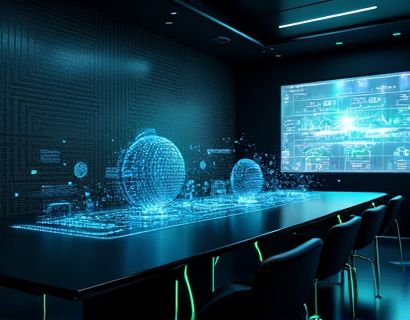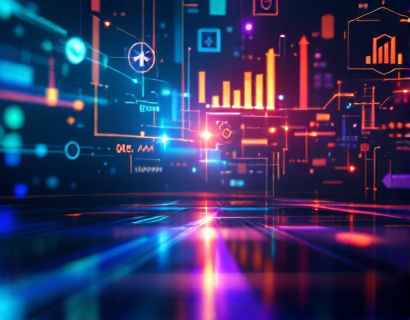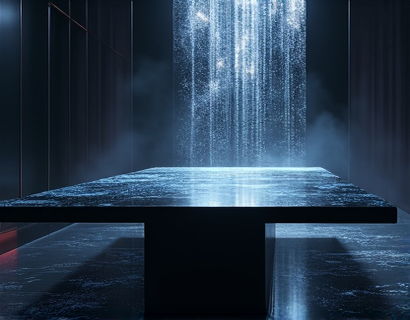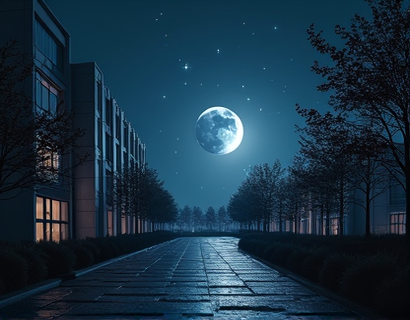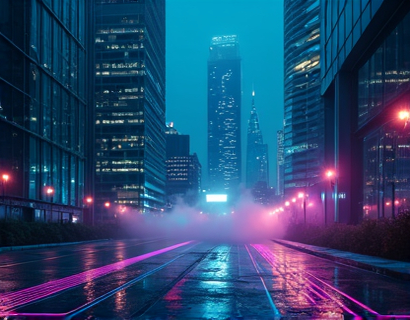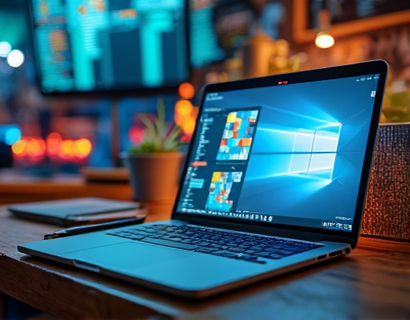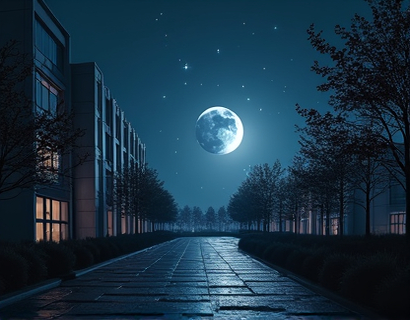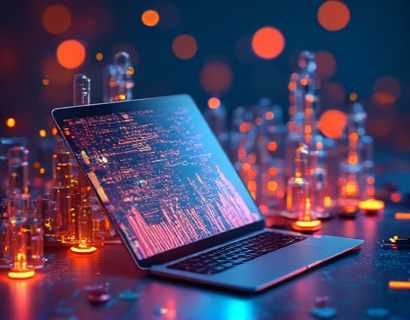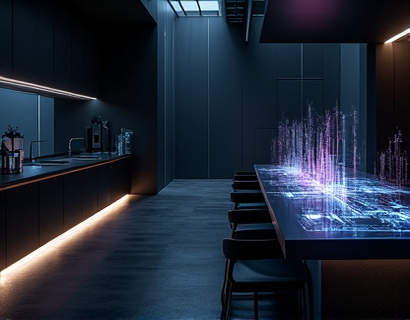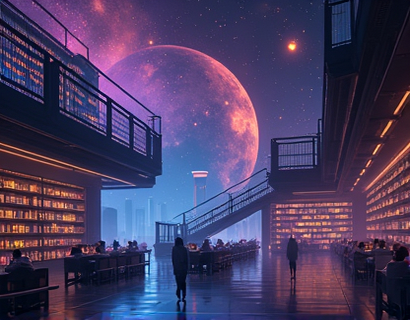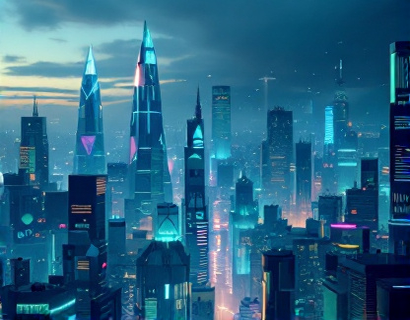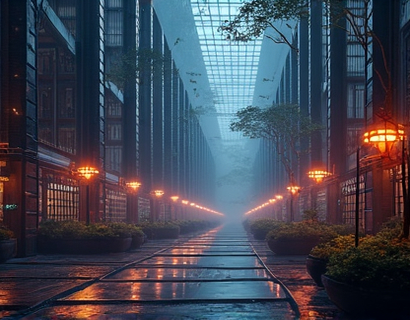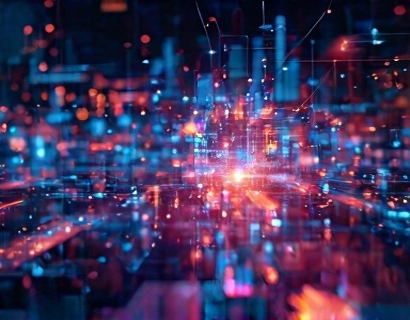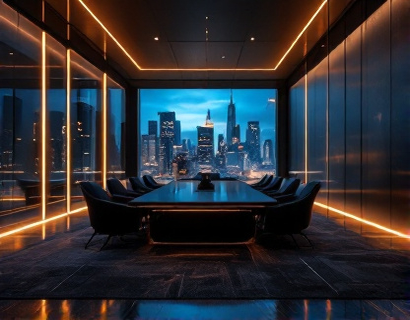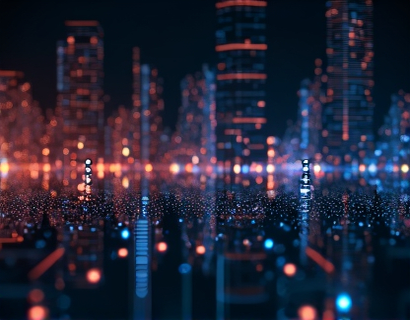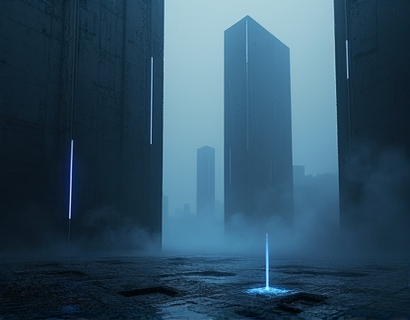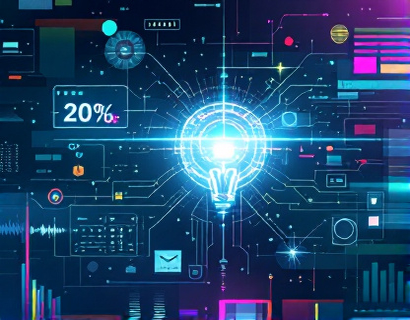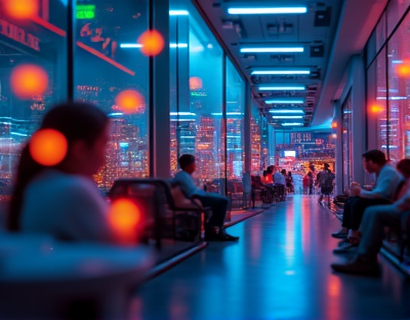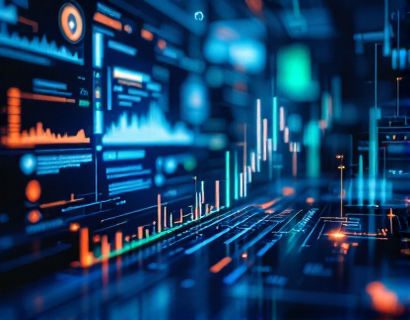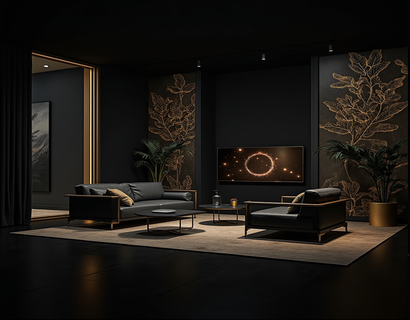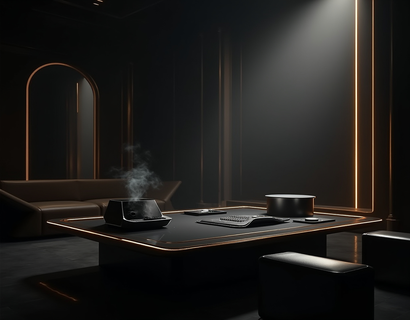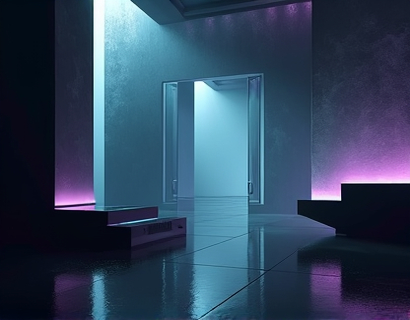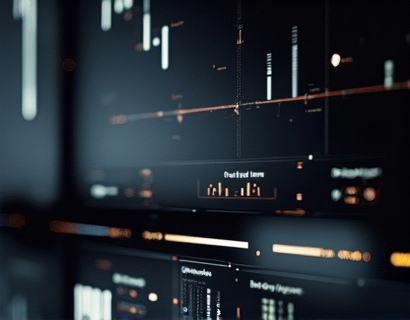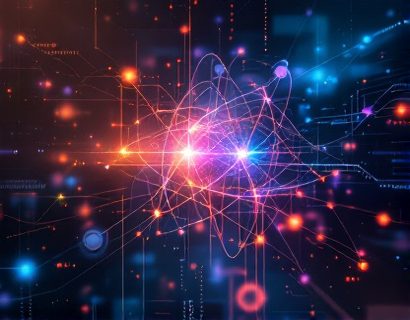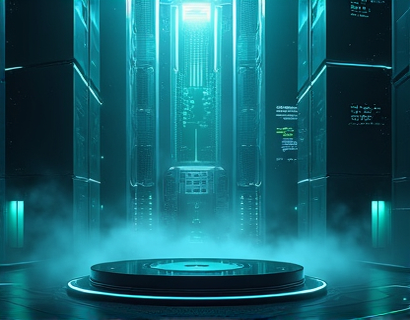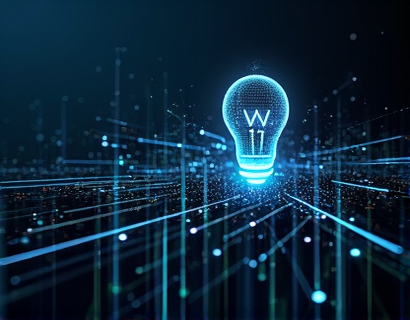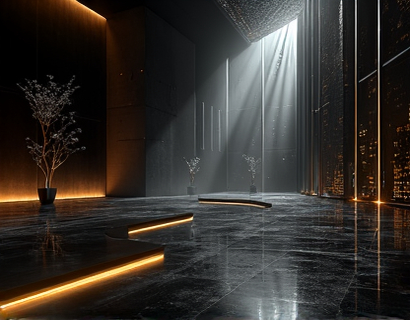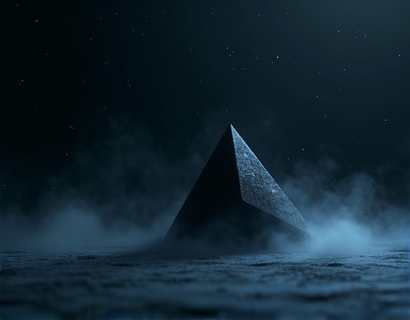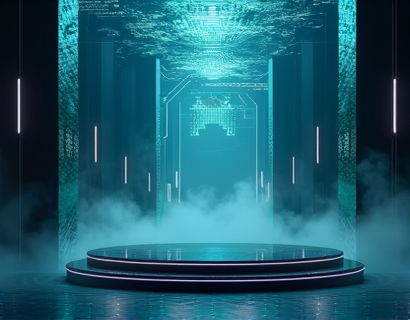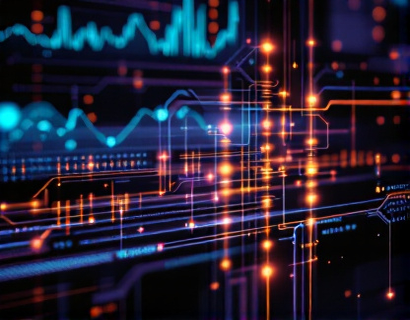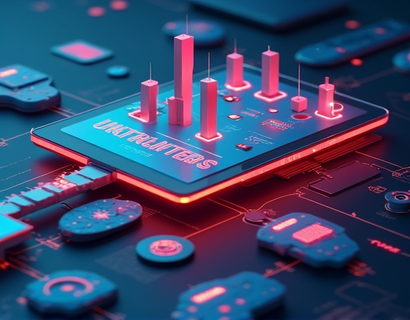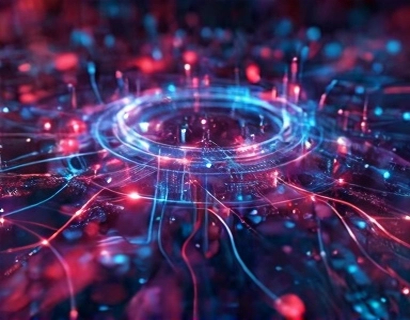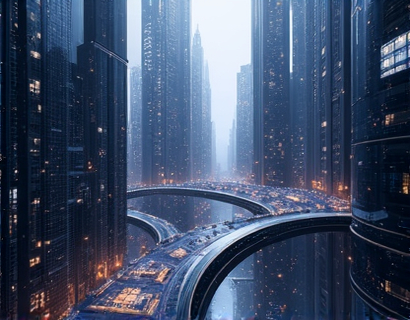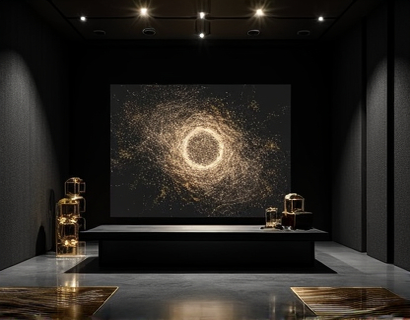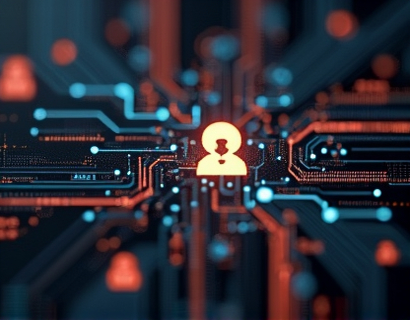Unlocking Creativity: Mastering Advanced Digital Creature Design
In the realm of digital art and design, the ability to create and customize unique creatures has become an essential skill for artists, game developers, and digital enthusiasts. The integration of advanced technology and comprehensive asset libraries has revolutionized the way creatives approach this task. This article delves into the intricacies of mastering digital creature design, focusing on the tools and techniques that can elevate your creative process.
The foundation of creating compelling digital creatures lies in the asset library. A robust and diverse asset library is crucial as it provides the building blocks for your designs. These assets include 3D models, textures, animations, and other elements that can be combined and customized to create unique creatures. The quality and variety of these assets directly impact the creativity and realism of the final product.
Comprehensive Asset Libraries
A comprehensive asset library is not just a collection of files; it is a curated resource that caters to the needs of various projects. High-quality assets should be detailed, well-textured, and versatile, allowing for extensive customization. For instance, a library that offers a wide range of animal parts, from heads and limbs to fur and scales, enables designers to mix and match elements to create hybrid creatures that are both imaginative and coherent.
Moreover, the asset library should include a variety of environments and backgrounds. These can serve as the setting for your creatures, adding depth and context to your designs. Textures for different surfaces, such as grass, stone, and water, enhance the realism of the scenes you create. Lighting assets are also crucial, as they can dramatically alter the mood and atmosphere of a scene.
Advanced Design Tools
Beyond the asset library, the tools used for designing digital creatures play a pivotal role in the creative process. Advanced software platforms offer a suite of features that streamline the design workflow, from initial concept to final rendering. These tools should be intuitive, allowing users to focus on creativity rather than getting bogged down by complex interfaces.
One key feature is the ability to work in 3D space. 3D modeling tools enable designers to create intricate and detailed creatures with precision. These tools often include sculpting capabilities, which allow for organic and fluid designs. Subdivision surfaces and dynamic topology ensure that models remain detailed and smooth, even when scaled up or down.
Rigging and animation tools are equally important. A well-designed rig allows for realistic movements and expressions, bringing your creatures to life. Keyframe animation and motion capture integration can save countless hours of manual work, enabling designers to focus on the artistic aspects of their creations.
Customization and Personalization
Customization is at the heart of digital creature design. The ability to tweak and modify assets on the fly is essential for creating unique and personalized creatures. Parameters such as size, color, and texture can be adjusted with precision, allowing for infinite variations. This level of control ensures that each creature is a reflection of the designer's vision.
Material and shader editors are also vital components of the design toolkit. These tools allow designers to create and manipulate the surface properties of their creatures, from reflective metals to translucent skins. Real-time previewing of materials and shaders helps in making immediate adjustments, streamlining the design process.
Collaboration and Community
The digital creative community plays a significant role in the development and refinement of skills. Platforms that foster collaboration and sharing of work can significantly enhance the creative experience. Access to a community of peers provides opportunities for feedback, inspiration, and learning.
Forums, galleries, and collaborative projects are valuable resources. They allow designers to showcase their work, receive constructive criticism, and learn from others. Engaging with a community can also lead to new ideas and techniques, pushing the boundaries of what is possible in digital creature design.
Sharing and Distribution
Once a creature is designed, the next step is sharing and distributing it. Modern platforms offer various ways to share your creations, from social media integration to dedicated asset marketplaces. These platforms often provide tools for exporting and optimizing assets for different formats and resolutions, ensuring that your work looks its best across various mediums.
For game developers, integrating creatures into games requires additional considerations such as import formats and performance optimization. Compatibility with popular game engines like Unity and Unreal Engine is crucial. Additionally, providing documentation and support for integration can make the process smoother for developers.
Educational Resources and Tutorials
Mastering digital creature design is a continuous learning process. Access to high-quality educational resources and tutorials is essential for both beginners and experienced designers. Online courses, video tutorials, and detailed guides can provide step-by-step instructions and tips for improving skills.
These resources often cover a range of topics, from the basics of 3D modeling to advanced texturing and lighting techniques. Interactive tutorials that allow users to practice in a virtual environment can be particularly effective. Community-driven content, such as user-generated tutorials and forums, add to the wealth of knowledge available.
Future Trends in Digital Creature Design
The field of digital creature design is constantly evolving, driven by advancements in technology and changing industry demands. One emerging trend is the use of artificial intelligence and machine learning in asset generation. AI can assist in creating procedural textures, animations, and even entire creatures, saving time and opening up new creative possibilities.
Another trend is the increasing focus on realism and photorealism. With the rise of ray tracing and real-time global illumination, the visual quality of digital creatures is reaching new heights. These technologies allow for more accurate lighting and reflections, making creatures appear more lifelike.
Sustainability and efficiency are also becoming important considerations. Optimizing assets for performance without compromising quality is crucial, especially for mobile and web applications. Techniques such as level of detail (LOD) and dynamic asset loading help in achieving this balance.
Conclusion
Mastering advanced digital creature design is a journey that combines technical skills, creative vision, and continuous learning. With the right tools, a comprehensive asset library, and access to a supportive community, the possibilities are endless. Whether you are an artist looking to expand your skill set or a game developer seeking to bring your visions to life, the tools and techniques discussed here can help you unlock your full creative potential.
Embrace the tools at your disposal, engage with the creative community, and stay informed about the latest trends and technologies. By doing so, you can transform your imaginative ideas into captivating digital realities, elevating your work to new heights.



